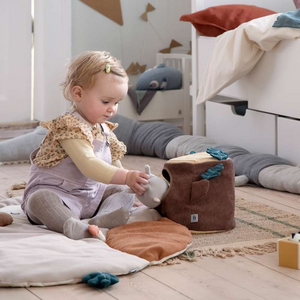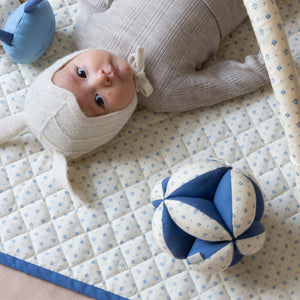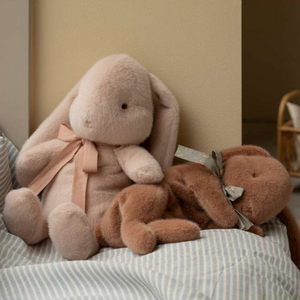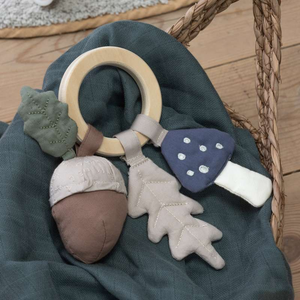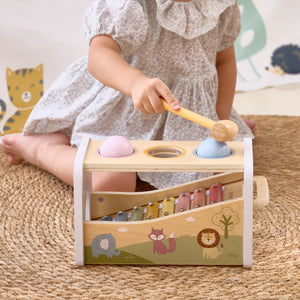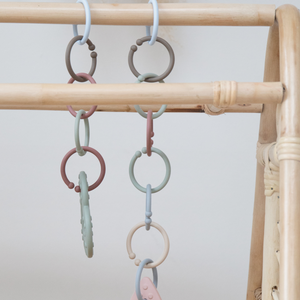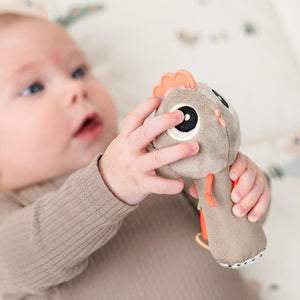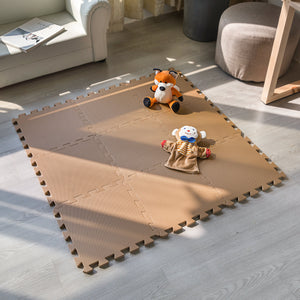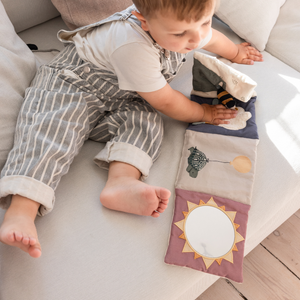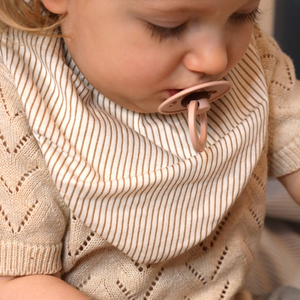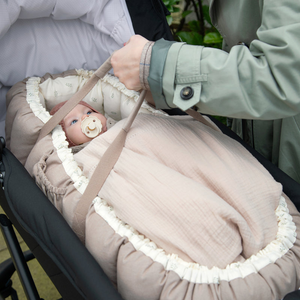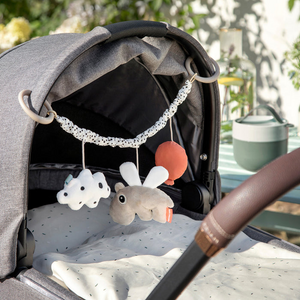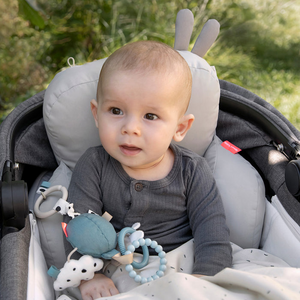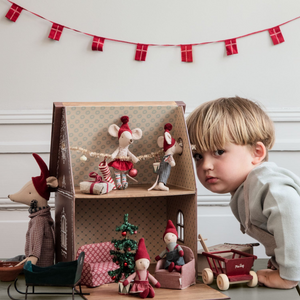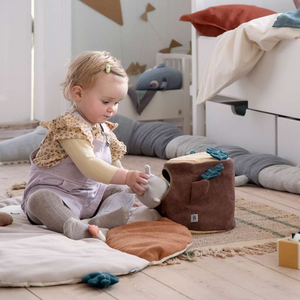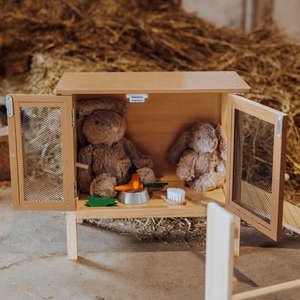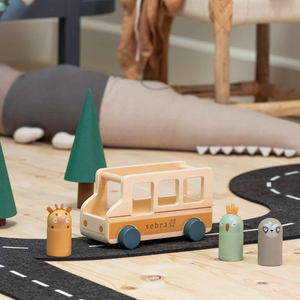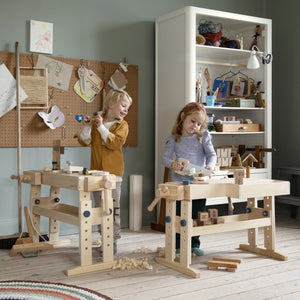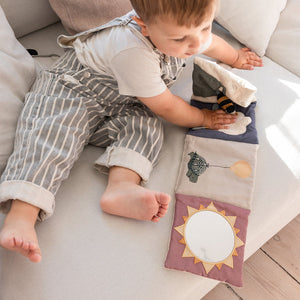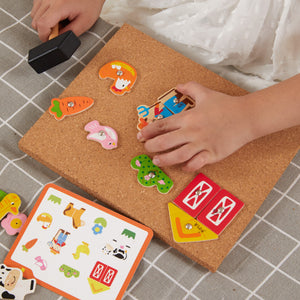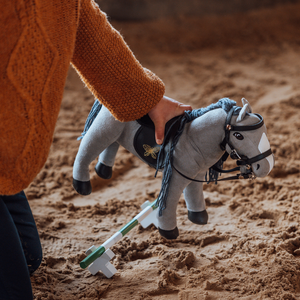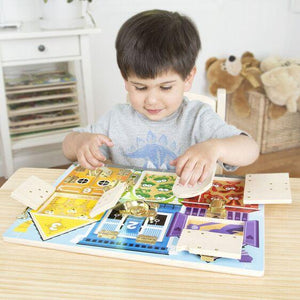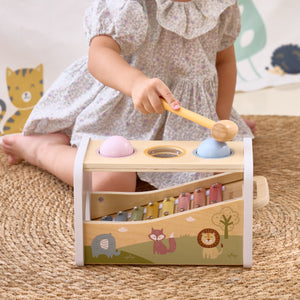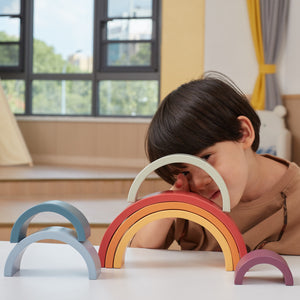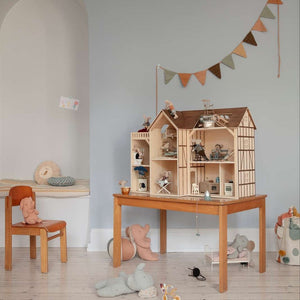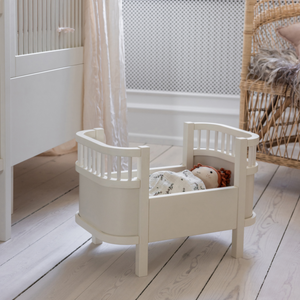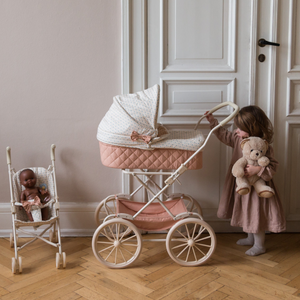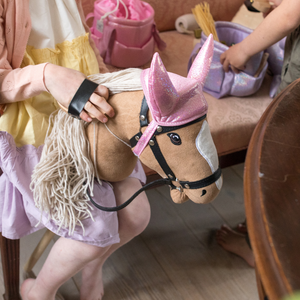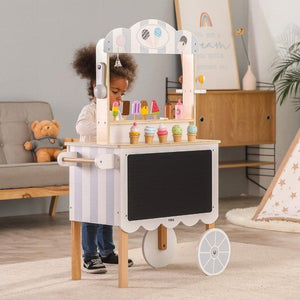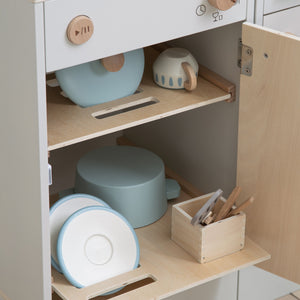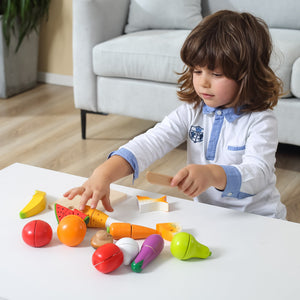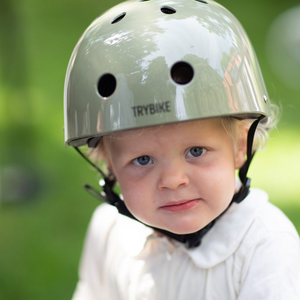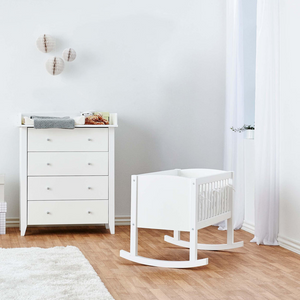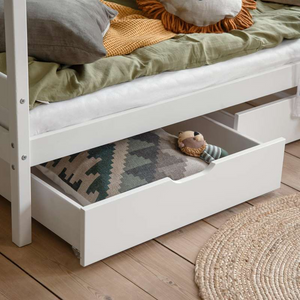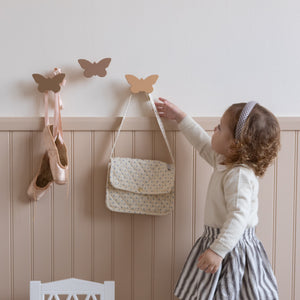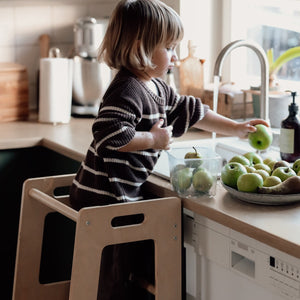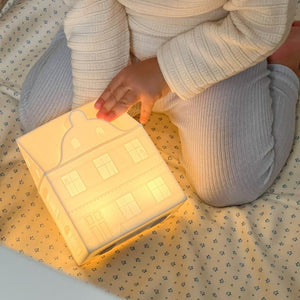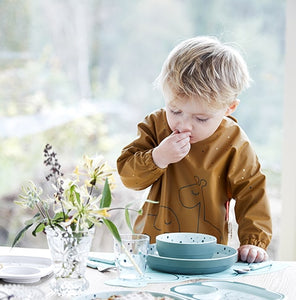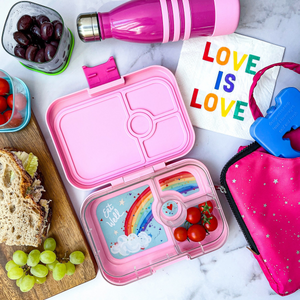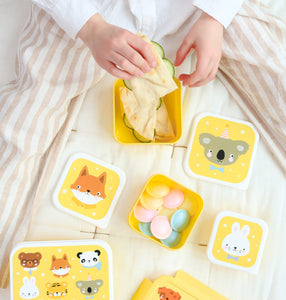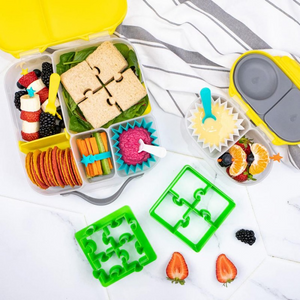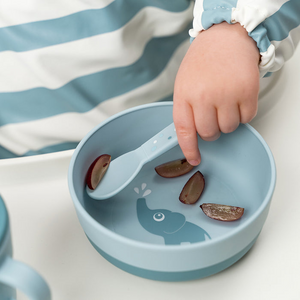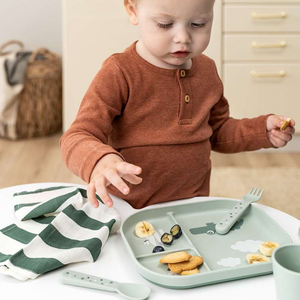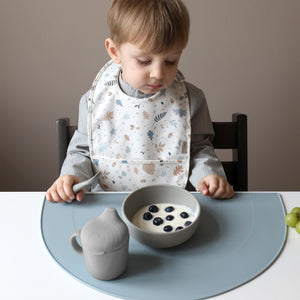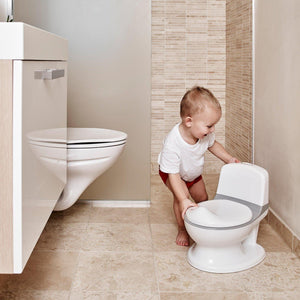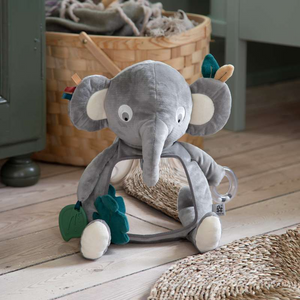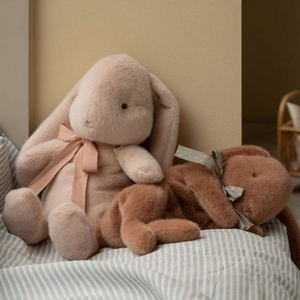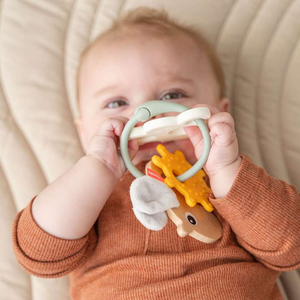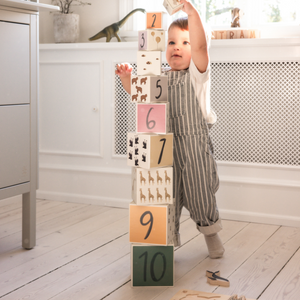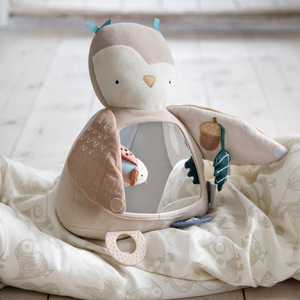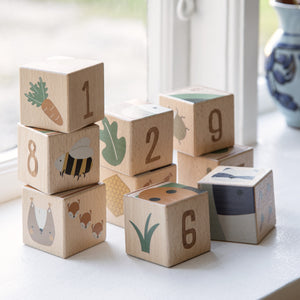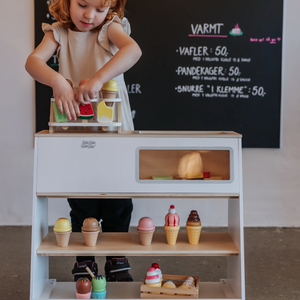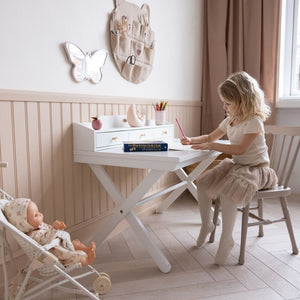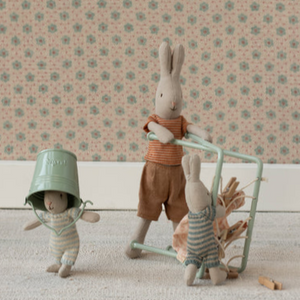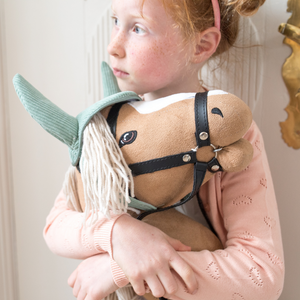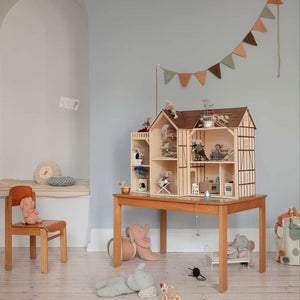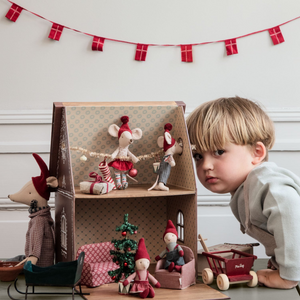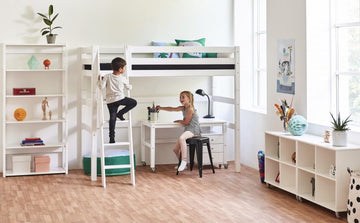As parents, you have probably heard this a thousand times before: Sleep is the alpha and omega for your child's well-being, development, and health. You can't get around it, the sleep thing. But how do you ensure that your child sleeps well – and can you even change a routine once it's established?
Fortunately, the answer is that you can easily do many small things to help your child sleep well, and you can indeed change the routine, even if you might have started an unsuitable one.
Enjoy!

It's All About Routines
A child needs security and routines. Especially the routines around bedtime make it easier for your child to fall asleep because the things that need to happen are safe and familiar.
As parents, you sometimes create "quick fixes" because you want to do everything to give your child a good and safe night's sleep, but some of these routines can be unsuitable – both for you and your child. Fortunately, they can be changed; it just requires a little focus and some time.
Our five best tips for a successful bedtime routine are:
- Establish a fixed routine – and tailor it to your baby
- Make the night boring – it's bedtime, not playtime
- Take a break from putting to bed if the baby isn't tired
- Make it safe to fall asleep alone
- Let the bedtime routine evolve with your child
Read more about the 5 tips below:
1. Establish a fixed routine – and tailor it to your baby
When you knit the bedtime routine together based on your child's routines, it will automatically become a more relaxed evening for both of you. This doesn't mean that your child controls the bedtime routine. On the contrary. It simply means that the bedtime routine takes into account what your child prefers. If it's more comfortable to put on pajamas before brushing teeth, make sure that's part of the bedtime routine. Some days, the bedtime routine may also need to start a little earlier or a little later, depending on whether your child is tired or not.
2. Make the night boring – it's bedtime, not playtime
In general, the goal is to create a calm evening where not much else happens except for going to bed. This way, your child doesn't feel like they're missing out on anything and can more easily accept going to bed and letting sleep take over. Therefore, make sure the night is boring at home. If there's a need to soothe, breastfeed, or change a diaper, do it as calmly and with as dim light as possible.
3. Take a break from putting to bed if the baby isn't tired
There's no shame in temporarily interrupting the bedtime routine if your child simply can't settle down. Some days, your child is just not tired when it's bedtime. In those cases, you can avoid a lot of stress by not pushing to carry out the bedtime ritual. It can end up taking much longer if your child becomes overtired and upset than if you postpone the bedtime ritual until your child is calmer and ready to sleep. You could also split it up so that you prepare to go to bed – put on pajamas and brush teeth, but wait with the last part, namely the actual putting to bed.
If the bedtime routine is forced through, even if your child isn't tired or is upset, it can sometimes lead to it becoming scary or uncomfortable to sleep, and you will therefore find it even harder to put them to bed in the future.
Do not let your child make choices. Overthinking keeps the brain engaged and disrupts the bedtime routine. Instead of asking if the bunny stuffed animal should come to bed, inform that the bunny stuffed animal is coming. However, some choices can be a good and cozy part of the bedtime routine: namely the choice of a goodnight song or bedtime story. If your child has difficulty managing the selection, you can choose three books that can be chosen from.
4. Make it safe to fall asleep alone
When your child is learning to sleep in their own room, make sure to stay close and check in on your child often. Let your child know that you are still there by also making a bit of noise from the other rooms. You can do this by entering the room every 5-7 minutes. Avoid turning on the light, but instead gently stroke your child on the cheek or belly. Quickly exit again so your child does not get used to your presence. In this way, your child learns that you can leave the room without leaving him or her alone, and at the same time your child gets used to some noise in the rest of the house.
5. Let the bedtime routine evolve with your child
A lot happens with your child's development during the first six months. The first month blurs a bit together between day and night – breastfeeding and caregiving, but after that, you and the baby gradually start to establish routines and habits. This is also when the personality starts to show. Therefore, there may be a need to develop the routine a bit. Perhaps the baby needs to take more short naps or sleep for longer periods at night – maybe there is a need to make other small adjustments. By incorporating these small changes into your child's development, you gradually integrate them into your routine, and you avoid making many drastic changes when your child has developed too much.
Bonus tip: How to fix a 'skewed' routine
First and foremost, remember that it is never too late to change a habit. All habits can be changed with persistence and time. Unfortunately, these are two things that parents often lack. However, it can be worthwhile to invest in good habits, as they lead to better – and hopefully – longer sleep for both you and your child.
The first step is to identify the habit or habits that you find undesirable. Remember, if the habit works really well for you and your child, it is not necessarily something you should change.
The next step is to find a solution to the problem you have become aware of. If the child, for example, always cries when you leave the room, you may need to spend time going back into the room many times after you have put the child in bed. At first, you should only be away for a few minutes, but later you can gradually start to be away for longer periods. You can also try to change the child's eating habits if they often wake up at night wanting to be breastfed a little.
This step requires great patience because it can take up to 30 days before it becomes part of the routine. However, everything will gradually become easier because the child is constantly getting used to the new routine becoming a habit.
Last but not least, it is important that you never beat yourself up about having introduced an unfortunate habit. Instead, use the energy to change the habit to something more beneficial – both you and your child will be much happier in the long run.




